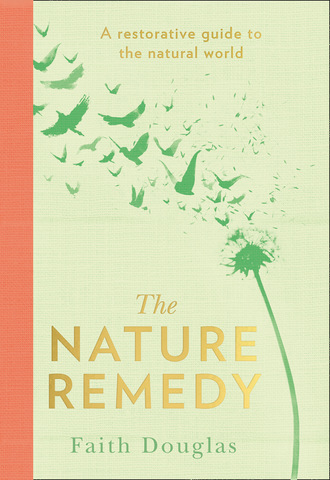
Полная версия
The Nature Remedy

The Nature Remedy
Faith Douglas

Copyright
HQ
An imprint of HarperCollinsPublishers Ltd
1 London Bridge Street
London SE1 9GF
First published in Great Britain by HQ
An imprint of HarperCollinsPublishers Ltd 2020
Text Copyright © Faith Douglas 2020
Faith Douglas asserts the moral right to be identified as the author of this work. A catalogue record for this book is available from the British Library.
Hardback ISBN: 978-0-00-833197-9
eBook ISBN: 978-0-00-833198-6
Page design and type setting by Emily Voller.
All rights reserved. No part of this publication may be reproduced, stored in a retrieval system, or transmitted, in any form or by any means, electronic, mechanical, photocopying, recording or otherwise, without the prior permission of the publishers.
Note to Readers
This ebook contains the following accessibility features which, if supported by your device, can be accessed via your ereader/accessibility settings:
Change of font size and line height
Change of background and font colours
Change of font
Change justification
Text to speech
Page numbers taken from the following print edition: ISBN 9780008331979
To my children:
Owen, Freya, Elliot and Lilith
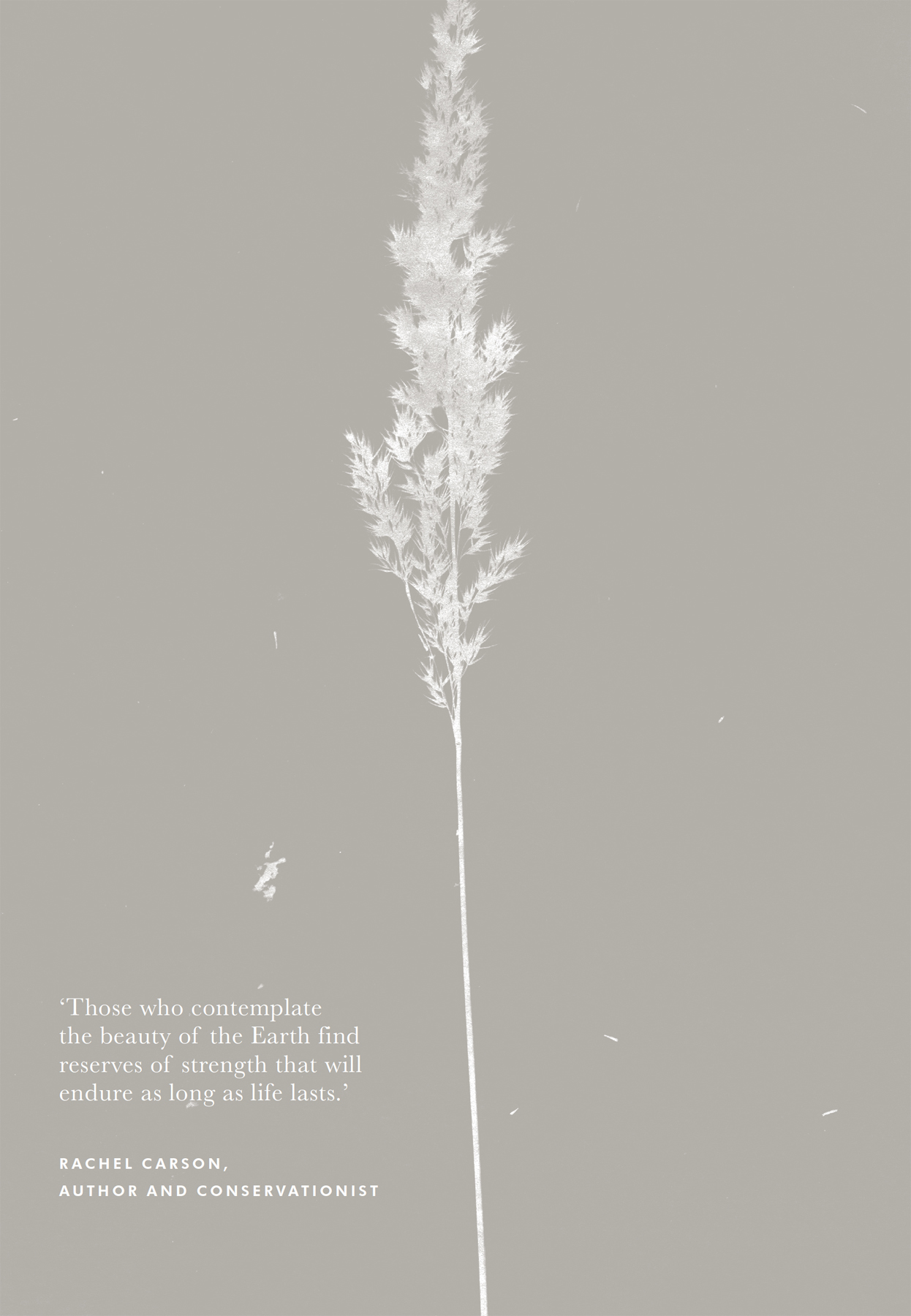
Contents
Cover
Title Page
Copyright
Note to Readers
Dedication
Introduction
1 The Sky & the Earth
2 Trees
3 Seasons & Weather
4 Plants
5 Birds, Animals & Insects
Conclusion
Acknowledgements
Notes
Photography
About the Publisher
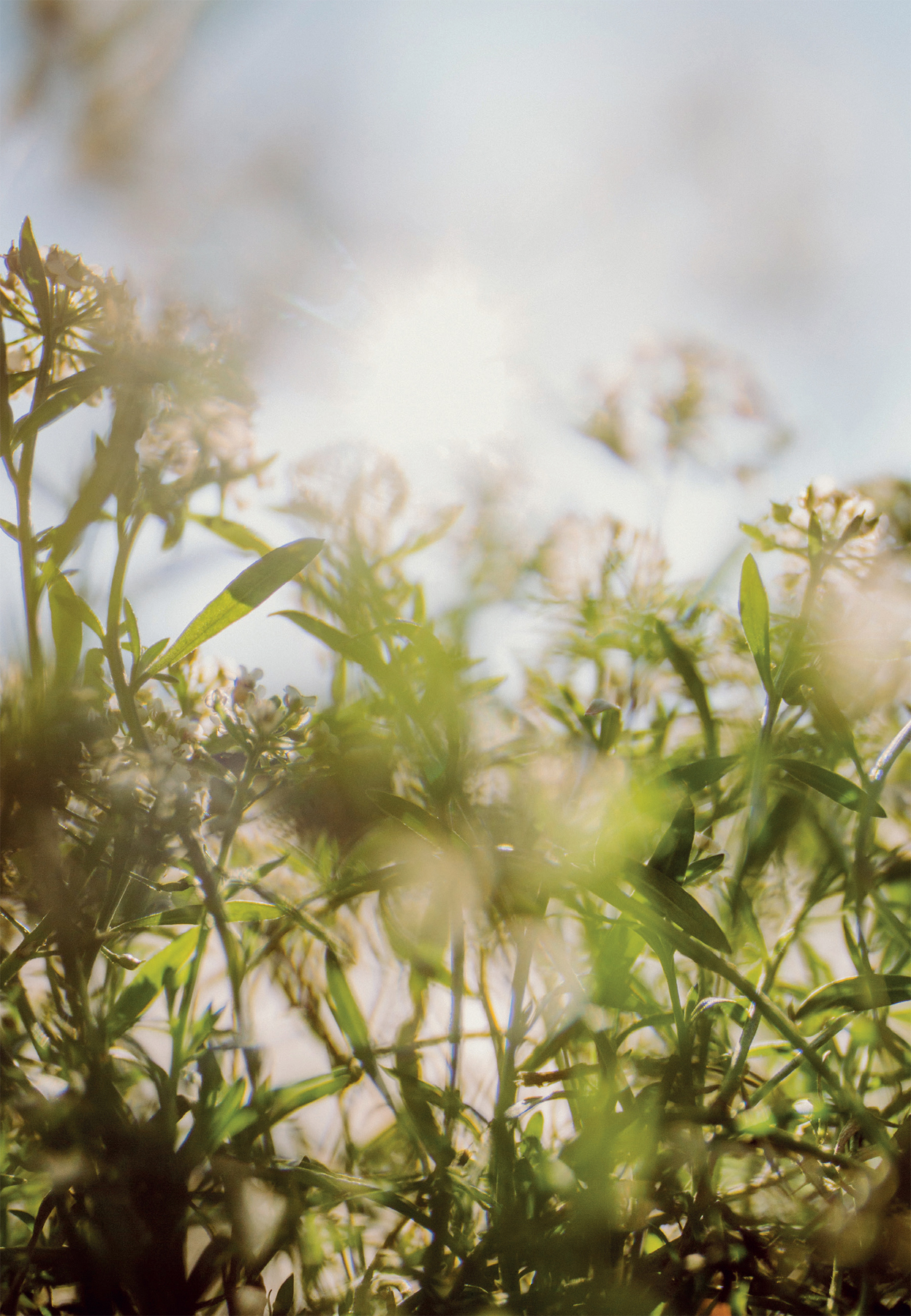
Introduction
Over many years, my work has convinced me of one fundamental truth: without nature we wouldn’t survive, yet without us nature would thrive. This belief has become my mantra and it’s an approach that I think everyone should take the time to consider deeply. Today, the importance of our human connection to nature is my driving passion and it’s what keeps me sane in this chaotic, complicated world of ours. After all, nature quite literally saved my life.
MY STORY
I began my career in nursing, but thirteen years of caring for people in a medical environment eventually took its toll on me. I often took my work home, emotionally, which had a knock-on effect on my physical and mental health. However, I was lucky enough to live within walking distance of the countryside and I often found solace in the local woodlands. I also loved spending time in my garden and became particularly interested in growing herbs for their healing benefits.
Perhaps not surprisingly, I was encouraged by friends and family to change my career. However, I had small children at the time and I struggled to believe that I could do anything other than what I did. Somehow I plucked up the confidence to enrol in college to study horticulture and afterwards landed a job as an instructor for a wonderful charity called Horticap. It offered me a role that was the perfect combination of my nursing experience and knowledge of plants.
In 2009, my family and I moved to live in a rural environment that just so happened to have an arboretum on its doorstep – an incredible botanical garden devoted to a collection of trees that were gathered from all around the world. At the time, I didn’t really know what an arboretum was, so I suppose you could say this is where fate stepped in. When I was out walking my dogs over nearby fields, I happened to bump into a fellow dog walker. We got chatting and he asked me what I did. When I explained, he mentioned that his father owned the arboretum and said I should drop off my CV. Now, I must tell you that at the time I was pregnant with my youngest son and in a job that I absolutely loved, so I really wasn’t looking for a change, so I promptly forgot about the conversation.
But the universe was insistent.
Fast forward a couple of months and I was up to my neck in dust from sanding the nursery floor, when there was a knock at the front door. I opened it to see a man who introduced himself with a smile, and who I later learned was Sir John Ropner, owner of the Thorp Perrow Arboretum and Bird of Prey & Mammal Centre. He told me he had heard I was good at my job, then promptly walked me down the street to meet his wife, who was bravely lying flat in the back of the Land Rover, having broken her knee the day before. I will never, ever forget that moment as long as I live, it was so surreal!
When they asked me if I would come to the arboretum to discuss a job vacancy that had come up, I found myself agreeing. A week after knocking at the door of Thorp Perrow, I was offered the role of Curator of the Arboretum. I haven’t looked back since. It marked the start of my personal journey into how humans can gain support, boost their health and improve their quality of life through their connection with nature. It has been life-changing.
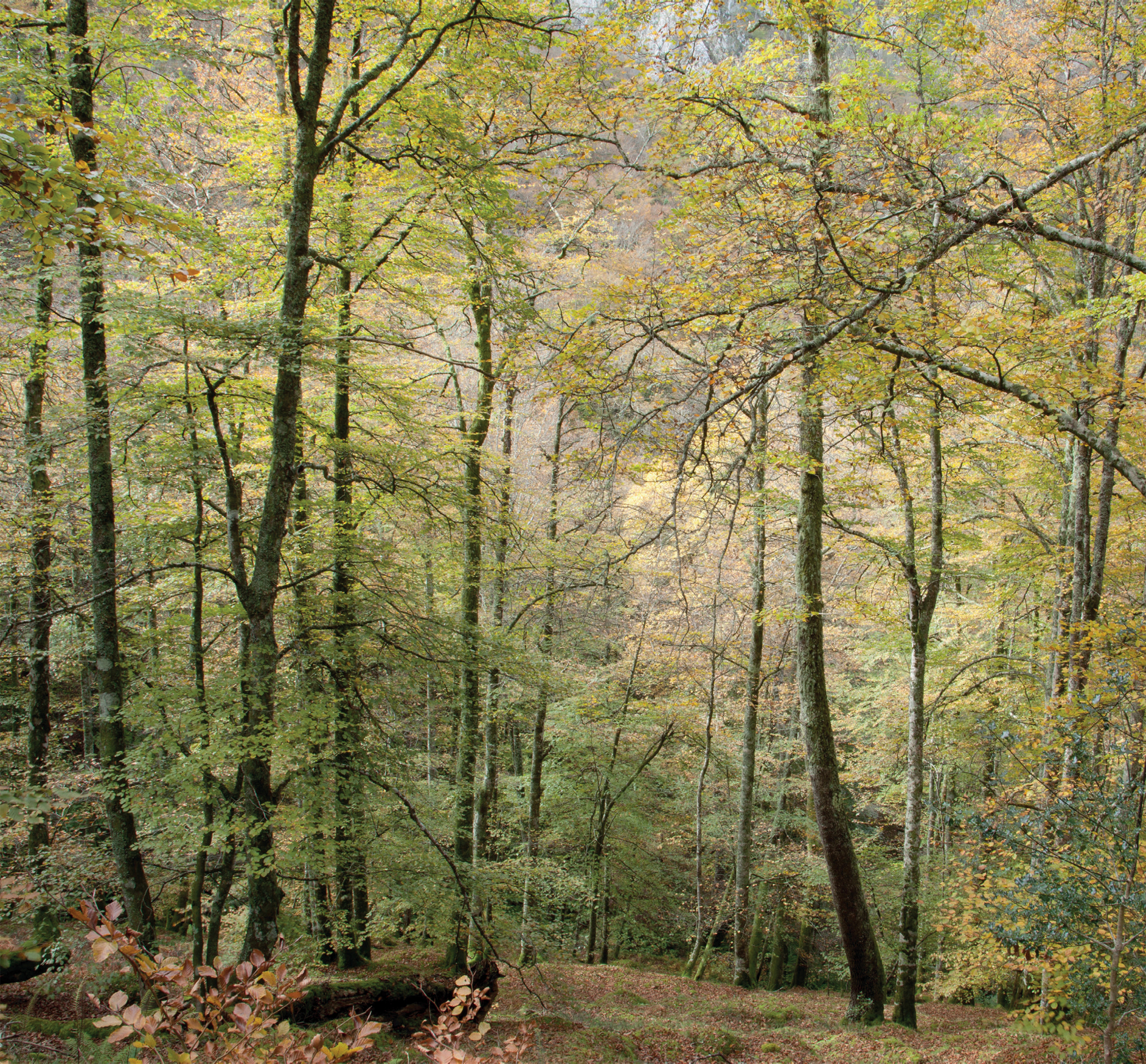
DISCOVERING THE HEALING POWER OF NATURE
Somewhere along the way, I found myself going through a very difficult time. I was trying to manage my professional life and my family life, and at the same time I was experiencing domestic abuse. I didn’t really realise it was domestic abuse at first, or that it could be happening to me, but it did happen and it can happen to anyone. The most important thing is that I got out, I survived – and I feel I have the natural world to thank for my resilience and recovery.
After ending the relationship, I was continually stalked and terrorised for a number of months. Eventually, with help from the police and IDAS (Independent Domestic Abuse Services), my abuser was imprisoned and protections were put in place to keep me safe. However, the fear had been incredibly real and overwhelming. I was also working with the charity Help for Heroes at the time and this experience, combined with my nursing background, meant I was all too aware of the signs that I had developed post-traumatic stress disorder (PTSD). I knew what I needed to do. I threw myself into my work and took sanctuary in my home and the surrounding countryside. I practised mindfulness and experienced first-hand the benefits that a natural environment can have on somebody’s emotional, mental and physical health.
At some point during this time, the term ‘forest bathing’ appeared in my life. There was little information available about this practice back then, which had roots in Japan, so I started to do some research into it. The practice made sense and came naturally to me. It clearly worked and the great thing was that science backed up everything I was experiencing.
I started to share the benefits of forest bathing with other people. I set up forestbathing.uk as there was nothing else like it at the time in Britain, and I wanted to show people just how easy and obvious this stuff was, and to enable people to take responsibility for their own wellbeing. I now run retreats, workshops and walks for people from many different backgrounds, young and old, all around the country. Everyone can improve their lives using nature – it’s fun, it’s free and it’s easy. You can read more on forest bathing here.
NATURAL PRECEPTS TO LIVE BY
The more people I meet, the more individuals I come across who are crying out for a connection with the natural world. Today, society is in many ways dangerously disconnected – people are separate both from each other and their surroundings. Mental health problems and stress are on the rise for children and adults. We need nature; we are part of it and the sooner we embrace the natural element in our lives, the sooner balance will be restored in our lives. Ultimately, I believe this will lead to balance in the environment itself.
Today, I live by a number of precepts, which have given my own life calm and meaning. Why not bring these into your life, too, and see what magic happens?
GO OUT INTO NATURE EVERY DAY
This could be a walk in the park or the walk to work; it could just mean stepping outside your front door or opening your window to breathe. Simply allow yourself to ‘be’ in nature.
EVERY DAY BE MINDFUL IN NATURE
Switch on your senses, listen and look at your surroundings. Let everything else melt away and feel that relief – even if just for a moment.
EVERY DAY SAY THANK YOU TO NATURE
To have gratitude for something to which we are so deeply connected brings an appreciation for all life like no other.
HAVE FAITH IN NATURE AND MAKE NATURE A HABIT
THE NATURE OF THIS BOOK
This book builds upon these key precepts in five chapters. The subject in each chapter is enormous in scope and could potentially fill whole libraries, so I’ve focused on topics that I hope will tickle your curiosity and encourage you to find out more about those areas that interest you.
Throughout these pages you will find tips, exercises, journaling prompts and suggestions for ways to enjoy an urban detox that will enhance your connection with the natural world. Feel free to experiment: what works for one person won’t necessarily work for another; nature is fluid, changing effortlessly and accepting what is without judgement, so if you follow this approach you won’t go far wrong.
If you read The Nature Remedy from cover to cover many times over, something different could resonate with you when it is most needed, or you could simply dip into it any time you need a reminder of your connection with nature or some respite from your daily worries. Lend it to a friend and pass it around: to share is to care.
21 DAYS OF NATURE
Why not make nature a healthy habit? We spend so much of our lives developing habits and behaviours by repeatedly carrying out the same tasks, day in and day out. Keep a note of your connection in nature for twenty-one days and see what happens – see how quickly it becomes a natural part of your everyday life.
JOURNALING
Journaling is an ancient technique that is probably as old as handwriting itself. The ancient Japanese journaled some 2,000 years ago. Today, many people continue to find journaling immensely therapeutic. It’s a process that allows you to express all your thoughts and feelings without judgement and can provide a great sense of release.
Journaling has so many benefits, it:
Encourages a state of mindfulness;
Is a great stress-reliever;
Can help you to achieve your goals;
Boosts confidence and memory;
Encourages creativity.
Throughout this book you will come across journal prompts and I would strongly encourage you to write down your thoughts, views and feelings in response to them. Buy or make a beautiful nature journal. Doodle and draw or stick things in it; make it your own personal journey through the wonders of the natural world – and see where it takes you …
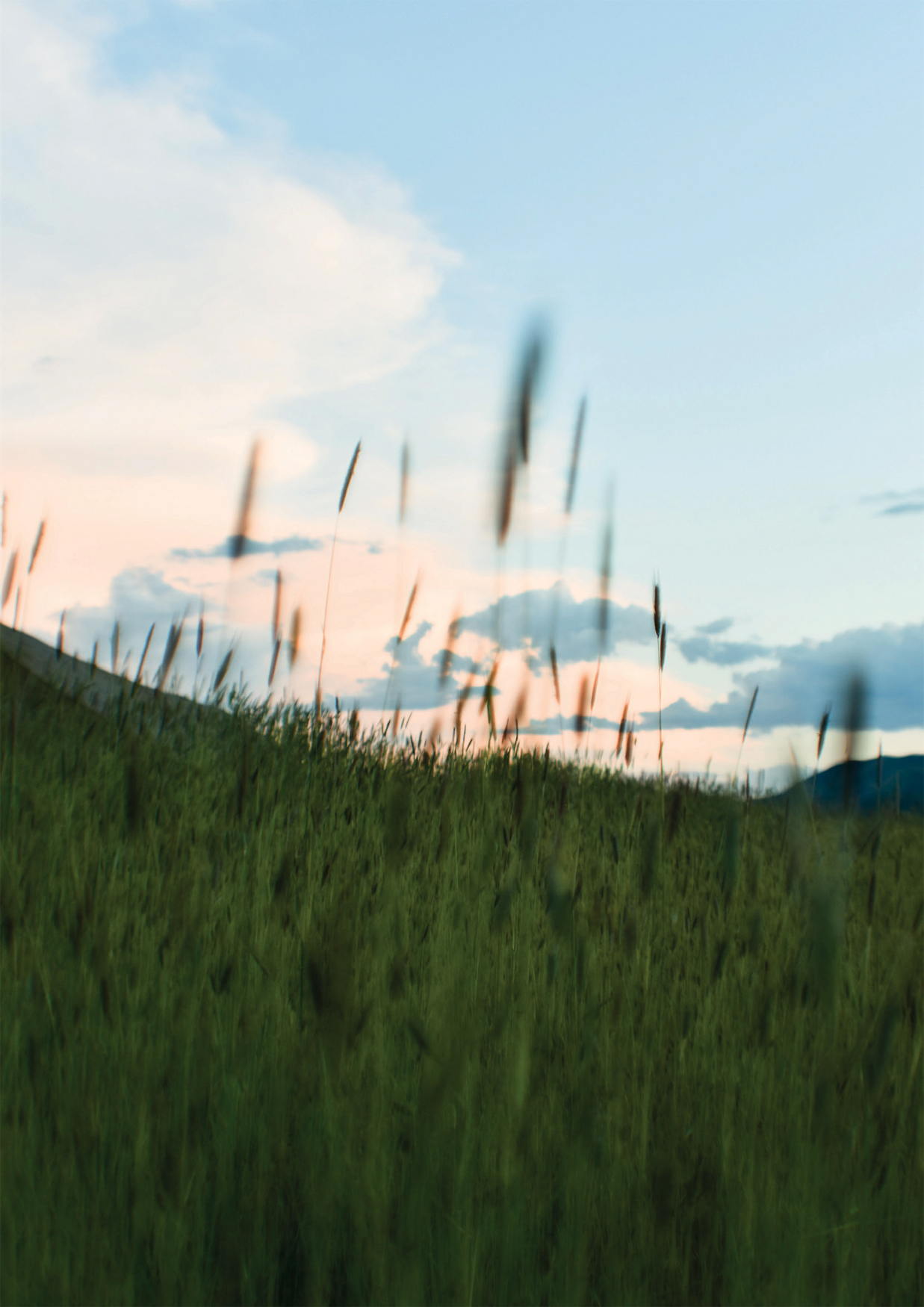
REMEDY
A NATURAL REMINDER
Many years ago, I cut a ribbon from a book to wear on my wrist as a reminder of the importance of calm. When the ribbon wore thin, I replaced it with another, then another – and, along with keeping the copy of that book on my shelves, I still wear a ribbon reminder on my wrist today.
While there is no ribbon in this volume, it’s easy to make a bookmark of your own. Then, when you reach the end of this book, you can either tie it around your wrist as a daily reminder of your connection to nature or place it in a picture frame and hang it where you will see it every day.
Gather at least eight long blades of fresh grass (the sturdy kind that grow in hedgerows or ornamentally are good options) and soak them in warm water to make the grass easier to work with.
Gather the blades together and tie a knot to secure them at one end.
Placing the knot at the top, secure the knot with a pin in a cork board or something similar to make it easier to weave.
Divide the blades into four sections, with two blades in each section.
Pick up the first section on the left, weave it up and over towards the right, until this section becomes the last section on the right.
Repeat with each section on the left, weaving it over to the right, and feeding in more grass as necessary, tightening it into place, until the bookmark is the desired length.
Check the finished result fits around your wrist, then tie the end to the initial knot to create a loop for your wrist. Or simply tie a knot in the end to create one long woven bookmark. You can trim any loose ends with scissors or attach a wooden bead to finish, securing with a knot.
HOW AWARE ARE YOU OF NATURE IN YOUR LIFE?
HOW MUCH TIME DO YOU SPEND OUTDOORS?
WHAT ARE YOUR THOUGHTS AND FEELINGS ABOUT THE NATURAL WORLD AND WHERE DOES IT SIT IN YOUR LIFE?
WHAT IS YOUR HABITAT?

1
The Sky & the Earth
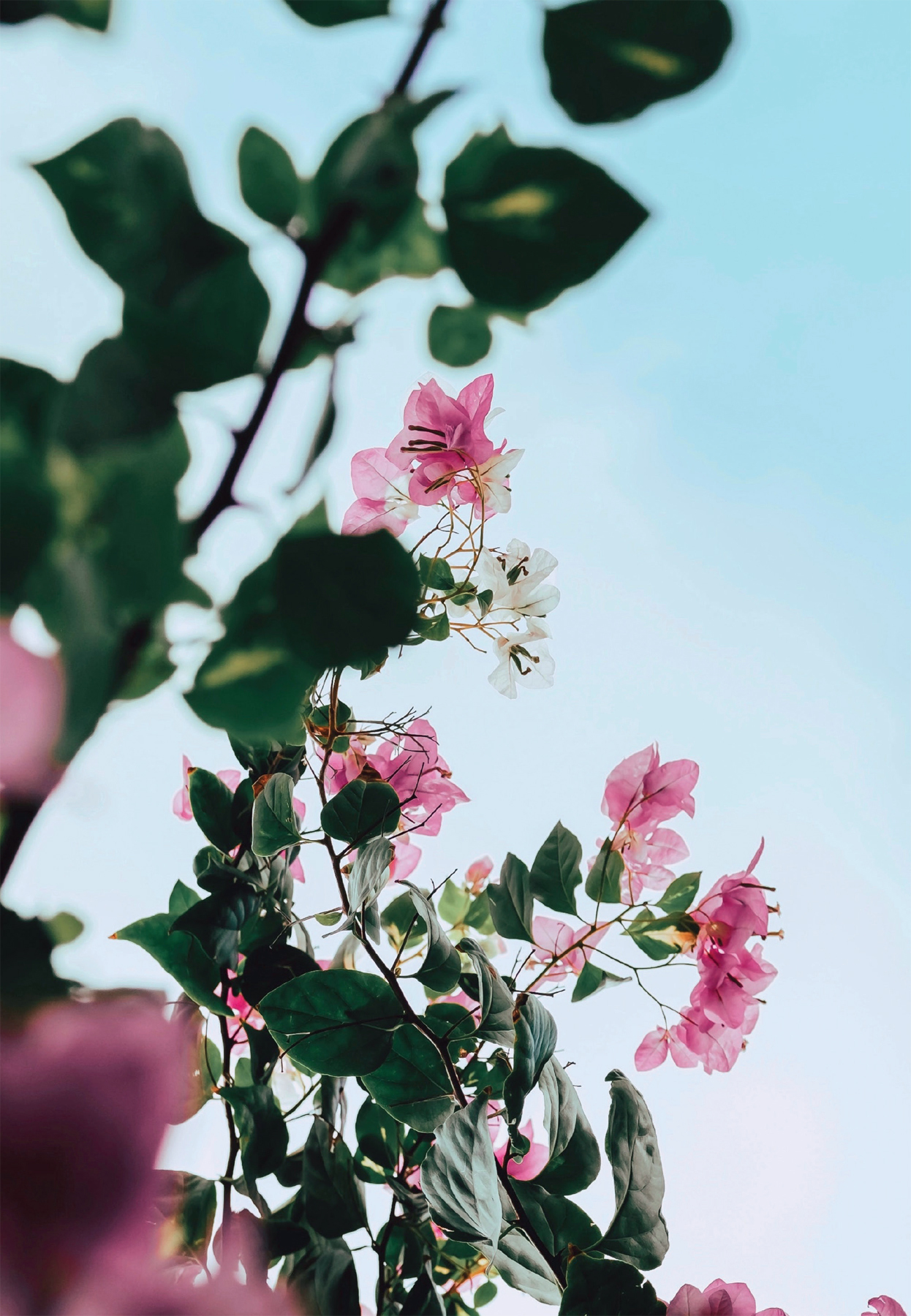
The natural world is truly amazing: it supports our very existence. Our connection to it is quite simple, really, starting with the sky above our heads and the Earth beneath our feet. It can be all too easy to miss the wonder that surrounds us.
‘The sky is the source of light in nature – and governs everything.’
JOHN CONSTABLE, ARTIST
THE SKY
I sometimes wonder how often people actually look up or take in more than what’s right in front of their eyes. Even in the arboretum where I work, there are visitors who walk around with their heads down and their faces lit up by the screens of their phones. During my tours and talks, I find myself saying ‘look up’ a lot of the time, until it’s almost become my personal mantra. You see, I think there is so much that can be missed above our heads, especially in an arboretum teeming with wildlife, interesting foliage, fruits, cones and berries: there’s a whole other world going on up there.
THE EARTH’S ATMOSPHERE
If just for a moment we were able to expand our view, to look further than the branches of the trees, and rise up and up to where the birds fly high and balloons disappear, we would enter a realm we only usually experience through the window of an aeroplane (or when skydiving, if you’re brave enough). The atmosphere that surrounds our planet consists of thin layers or blankets, each made up of gases that enable life on Earth. The atmosphere protects the Earth from the Sun’s rays, allows the rain to fall and holds the oxygen we need to breathe. In short, the atmosphere enables life on our planet to exist.
If you were to jump into your car, set the cruise control to 70 mph and travel upwards for about an hour in a straight line you would be through the Earth’s atmosphere and into space.
THIS ATMOSPHERE IS MADE UP OF THE FOLLOWING MAIN LAYERS:
IONOSPHERE
This changeable layer overlaps the Mesosphere, the Thermosphere and the Exosphere. It gets larger and smaller depending on how much energy it has absorbed from the Sun. This is the layer where auroras are formed; particles from the Sun and atoms from this layer collide to create the stunning rivers of coloured light in the sky that are visible near the North and South Poles.
EXOSPHERE
This outermost layer is about as wide as the Earth itself. While not much is known about this mysterious layer, the air here is very thin and temperatures can vary wildly from extremely hot to extremely cold. However, although the air may be very hot, it doesn’t transmit much heat because it is so thin.
THERMOSPHERE
As there are relatively few molecules and atoms in this layer, absorbing even small amounts of solar energy can significantly increase the air temperature here, making the thermosphere the hottest layer in the atmosphere, where temperatures can reach 4,500 F, which is about 2,500 C. This layer is also home to the International Space Station that orbits our planet.
MESOSPHERE
In this middle layer, the temperature decreases to around -90°C. This is where meteors burn up due to friction caused by gases.
STRATOSPHERE
This vital layer is where the ozone sits, which absorbs the harmful ultraviolet radiation from the Sun and protects us here on Earth.
TROPOSPHERE
We live in this lowest layer. ‘Tropos’ is Greek for change, and this layer gets its name from the ever-changing weather systems that sit here. It contains the air we need to breathe, which is formed of 21 per cent oxygen, 78 per cent nitrogen and a 1 per cent blend of gases such as argon and carbon dioxide. It’s nitrogen that creates the perfect conditions for life to form: this colourless gas is the building block for DNA and the proteins that both animals and plants require to grow, reproduce and survive. This layer also holds the water that creates clouds, rain and snow.
THE HEALING BREATH
For humans, the most important ingredient in the wondrous mixture of air is, of course, life-giving oxygen, which enters the body with each breath we take. With around thirty trillion cells in our body needing oxygen, our breath really is our life.
While we often take breathing for granted, I know from personal experience as an asthma sufferer what it’s like not to be able to breathe. Some of my earliest memories are of the panic of struggling to take in as much oxygen as possible – and it’s exhausting. As the mother of two premature babies, I have also experienced sitting for hours and watching my children fight for each breath they took. I have held my own breath as my babies struggled to take theirs. Since discovering meditation and mindfulness, I have learned how to be aware of and control my breathing, which has had a huge and positive effect on my life.
Many meditation practices encourage us to breathe consciously through the nose, whose hairs and mucus act as a filter against pollutants, bacteria and disease. The nose also produces nasal nitric oxide, which is vital for the relaxation of the inner muscles of our blood vessels, which in turn increases blood flow, aids circulation and decreases blood pressure.
Breathing has an enormous effect on our entire nervous system and when we breathe correctly – relaxed and steadily through the nose, all the way down into our abdomen and our diaphragm – we trigger our vagus nerve, which connects the rest of our body to our brain. This in turn triggers our parasympathetic nervous system, which is the body’s rest and digest, feel-good system. In this response, serotonins, those wonderful happy chemicals, are released into the body. However, when we fail to breathe correctly, such as too rapidly or shallowly, we activate a stress response: our thoughts will be cluttered, our bodies become tense and stressed, and our immune system is lowered, which is an open invitation for illness and disease.

ABSORBING LIFE ENERGY
According to ancient traditions, breathing correctly generates life energy. In Indian culture, this energy is known as prana, while the Chinese call it qi or chi.1 Ancient Indian culture also used to measure the human lifespan in breaths rather than years. On average we take ten million breaths a year (which would make me about 420 million breaths old – I am not sure if I’m fascinated or horrified by how old that makes me sound!)
The breath remains a major focus for many types of meditation, and can be used as a way to control thoughts, emotions, discomfort and pain. Certain emotions cause certain types of breathing; for example, when we experience grief, our breath is short and shallow. Anger causes erratic breathing when we are more likely to breathe through our mouths, while anxiety causes us to breathe in a fast, short, shallow motion with our breath sitting high up in the lungs.
In contrast, deep, slow breathing into the abdomen will bring about calm, happy, relaxed feelings and help break the cycle of stress. Meditation and mindfulness can bring about this breathing response and with practice this quickly becomes a healthy, beneficial habit.
You see, our breath is amazing: we breathe on average between 20,000 and 30,000 times per day. However, most of us are unaware of our breath and have a tendency to breathe shallowly from high up in our chest, which means we only actually breathe to about 75 per cent of our full capacity. This can easily be increased with exercise and breathing techniques.
REMEDY
BELLY BREATHING
How many breaths have you been aware of today? Belly breathing is a great way to become more aware of your breath and increase your lung capacity.
Start by sitting comfortably. Allow yourself to relax with your hands placed on your stomach.
Take some slow, deep breaths in through your nose. See if you can fill your hands with your expanding stomach.
Now breathe out through your nose, emptying your lungs.
Next, slow your in-breath by inhaling for a count of five. Hold the breath for a couple of counts before exhaling fully for a count of five if possible. To complete the cycle, hold your breath again for a count of two when your lungs are empty.
Repeat this process several times.
BLUE SKY THOUGHTS
As well as breathing deeply and slowly, simply watching the sky can be relaxing. I often find myself contemplating the big questions in life while gazing up above me, taking in life-giving air. Maybe it’s because of the pure expanse of the space above, maybe it’s the tranquillity and peace that sky gazing gives me.
While my head’s in the clouds, I like to marvel at the colour of the sky above. On a bright day, it’s the most beautiful blue, which makes me feel alive, warm and happy (actually, it’s the same colour as my kitchen walls – I like to bring the outside world in).



